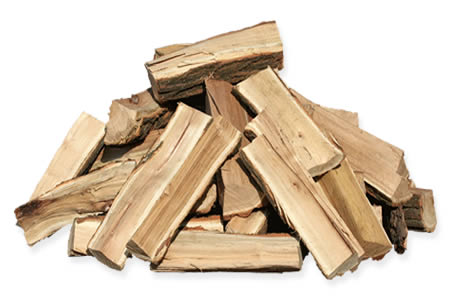A review by the Stove Industry Alliance has cast a very interesting light on the UK carbon reduction and renewable heat energy markets. While some people see wood-burning stoves as novelty items the reality is that they do positively impact carbon reduction and renewable heat energy targets. At this moment in time it is believed that wood-burning stoves account for some 10% of the UK’s carbon reduction targets which need to be hit by 2020. If the forecasts are correct then this could increase to around 25% by 2020 which would be a phenomenal figure.
Growing popularity of wood-burning stoves
It is no surprise to learn that wood-burning stoves have become extremely popular over the last decade with figures suggesting that more than 1 million homes in the UK currently use a wood-burning stove. Annual sales are in the region of 175,000 units and we only need to look at the stove spare parts market to see how popular that has become. If there are more than 1 million homes currently using a wood-burning stove and around 175,000 units sold per year, this figure could increase dramatically in a relatively short space of time.

Modern technology
We all know that modern technology has had a major impact upon the efficiency and the popularity of wood-burning stoves. We now have primary combustion, secondary combustion and tertiary combustion together with improvements across all elements of a wood-burning stove. The outside seal is more secure, the control of hot gases has improved dramatically and with most efficiency ratings in excess of 70% we are getting towards the top end of efficiency levels for the industry.
Reducing your carbon footprint
Many people will be unaware that burning high quality wood on a stove actually emits less CO2 than if the wood was to decay naturally. Emissions of just 0.008 kg CO2 per kilowatt compare favourably to 0.198 kg for gas and 0.517 kg for electricity. So, these figures illustrate what many have been suggesting for years, correctly installed, highly efficient wood-burning stoves together with high quality fuel are extremely environmentally friendly.

When looking at individual households a report from Kiwa GASTEC at CRE confirmed that the installation of a wood-burning stove reduces an average household carbon footprint by 22%, rising to 36% when replacing LPG fuel though the figure is slightly lower at 14% when replacing an open fire. However, this does show that advances in technology and the use of high quality wood fuel can and does have a material impact upon household carbon footprints.
Recent improvements in efficiency
While we talk of the primary, secondary and tertiary combustion systems it is the improvement in the overall package which has impacted emissions from wood-burning stoves. As we touched on above, the average stove is now more than 70% efficient with many recording figures are more than 80%. A growing number of stoves now qualify for DEFRA exemption for smoke control areas, which is giving consumers more opportunity and more choice. While perhaps not the best-known market, the use of wood-burning stoves to heat household boiler systems has increased dramatically as has the efficiency in transferring the heat from the stove to the actual boiler. The modern day boiler stove is now able to provide all of your household hot water needs!
Many stoves are now able to link up with an array of different renewable energy sources and this plays into the government’s hands and its targets for carbon emissions and renewable heat energy. As technology improves and new systems are released we should see further progress on all fronts. Even though some dubious media publications regularly suggest that wood-burning stoves are “not good for the environment” official figures suggest otherwise.

